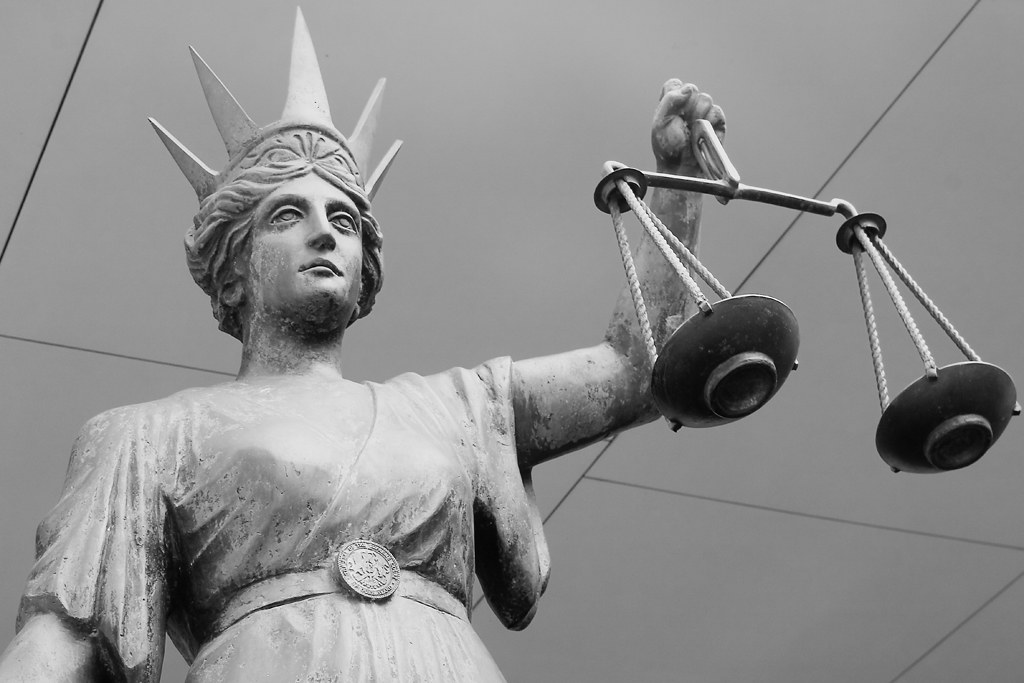Key Takeaways
- The Supreme Court has curbed federal judges’ power to issue nationwide injunctions.
- These controversial orders often blocked policies from both Republican and Democratic presidents.
- The ruling stemmed from a lawsuit challenging Trump’s birthright citizenship order.
- Courts must now limit injunctions to the people or regions directly involved in a case.
- This decision reduces legal hurdles for future presidential administrations.
Introduction
The Supreme Court made a major shift in how legal battles affect U.S. policy. On Friday, the justices restricted federal judges’ authority to impose nationwide injunctions. These sweeping orders have frequently paused presidential initiatives. For years, they frustrated leaders from both political parties.
This ruling redefines the balance of power between courts and the White House. It forces judges to think smaller. Let’s unpack why this matters.
What Are Nationwide Injunctions?
Nationwide injunctions are court orders that halt policies across all 50 states. A single federal judge can freeze a federal rule nationwide. Judges use them to stop laws deemed unconstitutional or harmful.
For example, a policy could impact millions of people instantly. Historically, these injunctions created roadblocks for presidents. Both Obama’s immigration reforms and Trump’s travel bans faced them.
Critics argued this gave too much power to unelected judges. Defenders claimed they protect citizens from abusive policies efficiently.
The Birthright Citizenship Case: A Catalyst for Change
This landmark decision arose from a Trump-era controversy. The former president sought to end birthright citizenship via executive order. His policy would deny citizenship to babies born to non-citizen parents.
Multiple states challenged the move in court. A federal judge blocked the order nationwide. The ruling prevented it from taking effect anywhere in the U.S.
Trump’s administration appealed the decision. The Supreme Court agreed to hear the case. After years of deliberation, their verdict reshapes legal norms.
The Supreme Court’s Core Ruling
Judicial Authority Must Have Limits The justices declared nationwide injunctions overstep federal courts’ authority. Their unanimous opinion emphasized Congress’s role. Equitable powers should stay narrow.
Courts cannot stretch rulings to protect non-parties. Injunctions must cover only involved plaintiffs or specific regions. Judges ignored this boundary for decades. The Court called it a dangerous trend.
Protecting Democratic Processes The ruling stressed how nationwide injunctions disrupt governance. Single judges paralyzed policies backed by elections. This imbalance distorted democracy.
Friday’s decision prevents that. Future injunctions will affect limited groups. Governments can implement policies where courts allow.
Why Nationwide Injunctions Sparked Debate
For the Injunctions Supporters saw them as shields against harm. Imagine a harmful policy rolling out in Texas. Plaintiffs in California might suffer before their case concludes. Nationwide stops prevented unequal suffering.
They also reduced chaos. Differing regional rulings could fragment national policies. One standard kept enforcement simple.
Against the Injunctions Opponents argued they violated judicial principles. Judges shaped policy instead of resolving disputes. One court shouldn’t override 94 federal districts.
It also sparked “forum shopping.” Activists sought sympathetic judges in friendly states. This tilted outcomes unfairly.
Real-World Impact on U.S. Politics
A Win for Presidential Power Presidents gain more freedom to enact policies now. Future lawsuits won’t stop rules everywhere instantly. Governments can adapt regionally during appeals.
Both parties benefit long-term. Biden’s student loan forgiveness faced nationwide blocks. Now, similar policies survive partial challenges.
States Gain Influence States opposing federal rules must strategize differently. They’ll file lawsuits representing their residents. If successful, injunctions shield only their population.
For instance, a climate rule might proceed in Florida but halt in New York. This creates state-level policy experiments.
How Ordinary People Feel the Change
Faster Results in Court Limited injunctions simplify lawsuits. Courts address specific harms faster. Broader cases take years to resolve. Quick relief improves personal justice.
Uneven Protections Risks emerge for vulnerable groups. A ruling in Nevada might not help families in Maine. Activists must file more lawsuits. This raises costs for grassroots movements.
Policy Stability Businesses and governments get clearer paths. Trade rules or tax changes won’t vanish overnight nationwide. Predictability aids economic planning.
Reactions From Legal Experts
Constitutional scholars call this a historic corrective. Courts abused injunctions for temporary political wins. The ruling restores constitutional balance.
Others warn marginalized groups lose crucial tools. Health care or immigration rights may face fragmented enforcement. Class-action lawsuits become more vital.
Both sides agree consistency improves. The era of policy freezes lasting years ends.
What Happens Next?
Federal judges must follow stricter limits immediately. Pending injunctions may narrow to smaller scopes. Future lawsuits need precise plaintiff groups.
Congress could pass laws clarifying judicial powers. But partisan divides make this unlikely soon.
States may form coalitions for wider impact. If 40 states sue together, injunctions effectively stay broad.
Conclusion
The Supreme Court reset America’s legal landscape. Nationwide injunctions stifled democracy too long. Now, courts focus on specific harms. Presidential policies gain room to function.
This doesn’t weaken checks on power. People can still sue. But remedies come faster and fairer.
Legal battles will center on regions. Citizens might live under vastly different rules coast-to-coast. Yet, the chaos of universal freezes fades. Democracy inches toward balance again.
Word Count: 1,028

